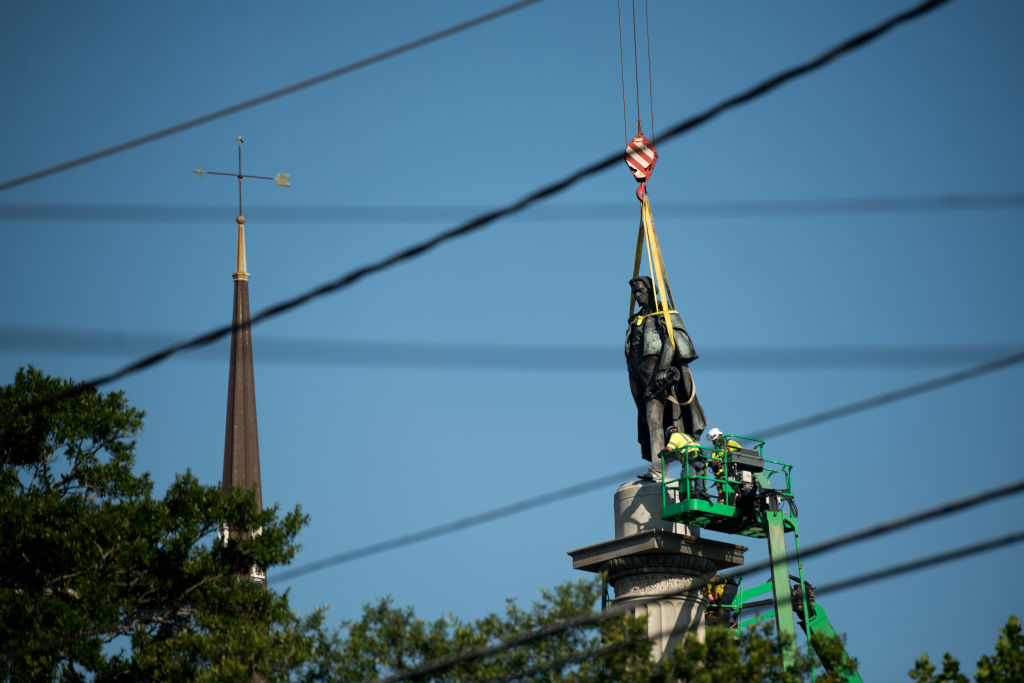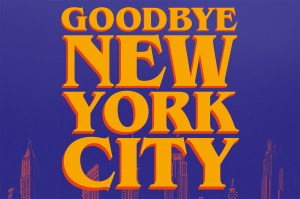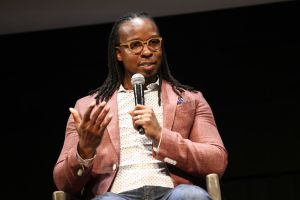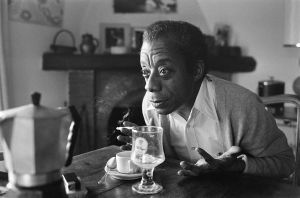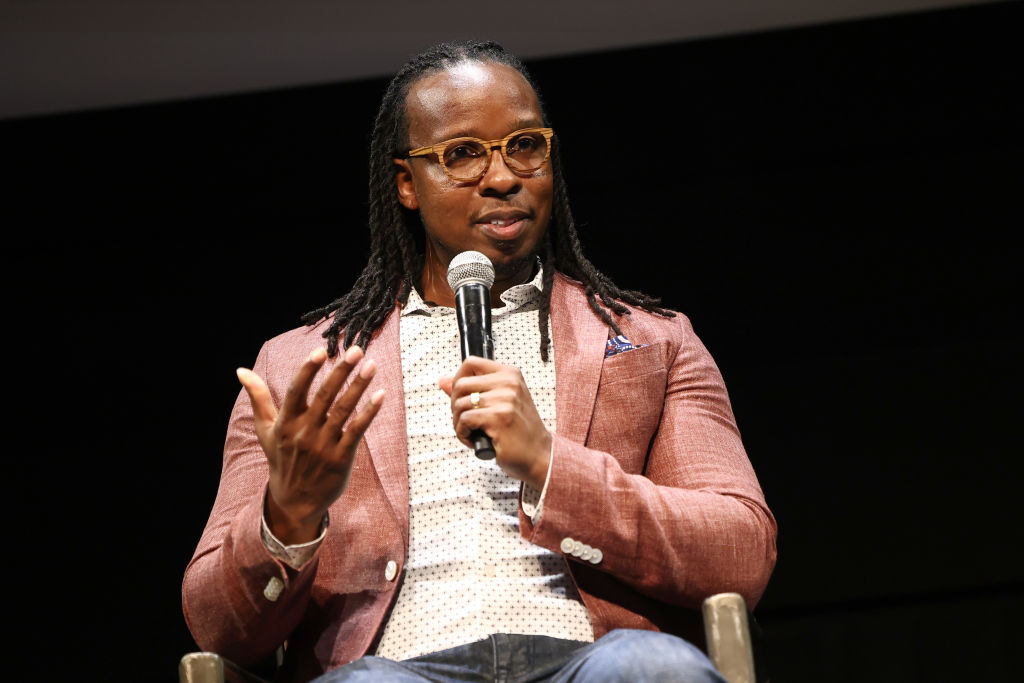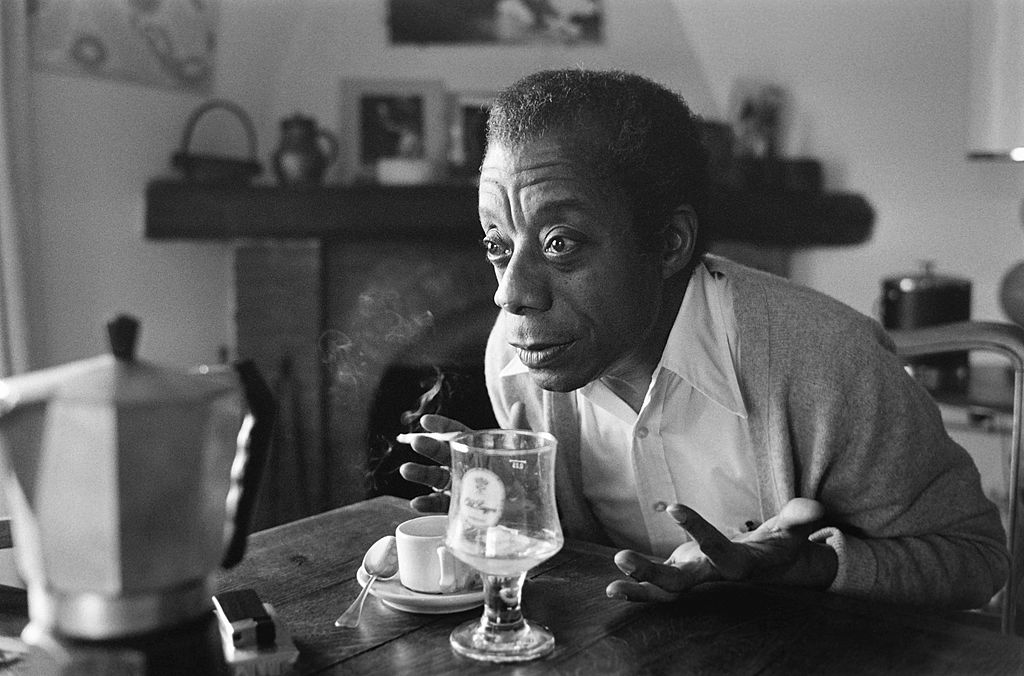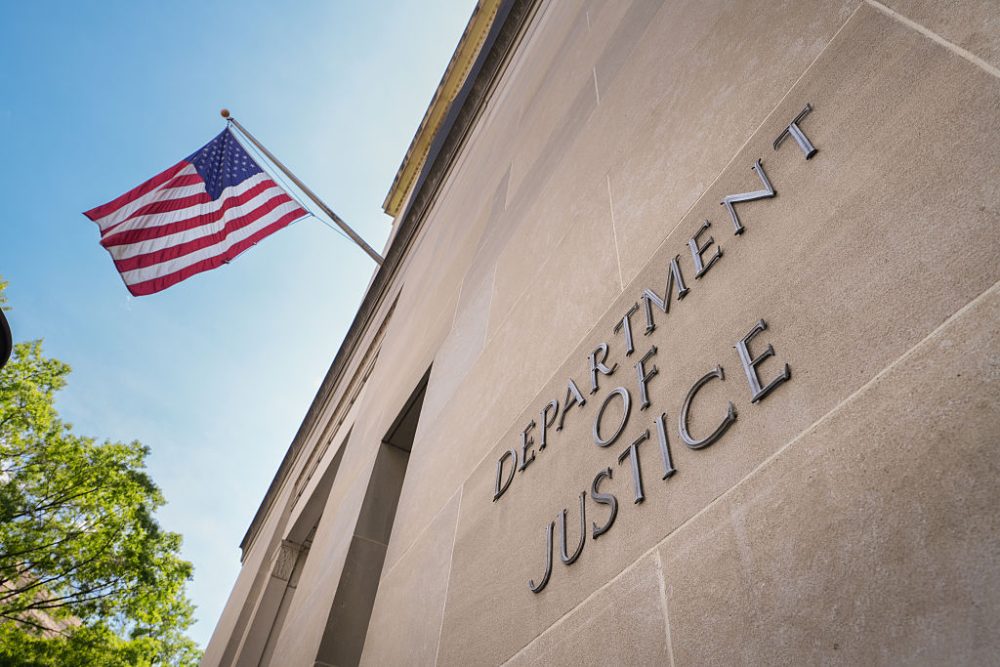The Summer Of Our Discontent is in full swing and the social guillotines — at first applied to legitimate injustice and prejudice — have now come for history itself.
We watch as mobs tear down statues and monuments to the past. The destruction is supposedly performed in the name of justice, but can we seize true justice by destroying the past?
American history is a fascinating and sometimes tragic tale of oppression and rebellion, injustice and progress. There is a push and a pull to it all that has led us to be the most successful and prosperous society in human history.
Undoubtedly there has been much pain: but how can we know how far we’ve come if we’re not allowed to see where we’ve been?
The history of black America is an exhaustive tale of overcoming. Overcoming slavery, Jim Crow, redlining, voter suppression, poverty, politics and a government that has often seemed determined to give us just enough to survive but not much to thrive. What we’ve had to overcome is represented in the monuments and the statues so many are now seeking to erase. Those statues are just as much a part of our history as are the stories of great leaders like Harriet Tubman, Martin Luther King, Jr. and Frederick Douglass. The offenses those symbols represent also represent the struggle of black Americans to become full partners in this great society. Perhaps they represent an uncomfortable portion of our story, but it is our story nonetheless.
Today some argue that having these monuments in the public square creates unnecessary pain and exclusion. We should be more like the Germans, who haven’t deleted Hitlerian symbols from their national consciousness; they put them into museums to serve as reminders, rather than memorials. Perhaps we might do the same?
But while the Germans may have relocated some of their less tasteful monuments, they did not go on to destroy all monuments. Many statues to fine leaders with sometimes offensive ideas still stand. Here in the US, removing symbols of only racist or problematic people has not sated the mob. The movement quickly moved on to the desire to expunge any representation of Western thought or history.
Just one problem: black Americans are Westerners. We don’t share the same proximity to our ancestry that many black people living in places like London or Paris do. While their populations are largely immigrant, the people we refer to as ‘Black’ in America are not really immigrants (although we have those too) but are descended from a people who were violently forced to become members of this nation and have navigated their role as citizens worthy of their God-given constitutional rights ever since. We aren’t experiencing the same tension here at all as black people do elsewhere. Our story is intricately and intimately connected to the ‘original sin’ of our nation’s founding. Not only that, our development has been through Western progression. Western history is black history. Black history is American history. We’ll be erasing our own history if we allow the mobs to erase what currently stands.
Does this mean no changes need to be made? Of course not. The mob warrants criticism, but its irrational anarchy has also led us to a fundamental reconsideration of how we represent and teach history. It’s worth thinking about what we choose not to memorialize in public.
[special_offer]
The beauty of our nation does not exist without the ugliness. Our fates are intertwined, for better or for worse. It’s only if we are free to acknowledge the uncomfortable ‘heroes’ and the offensive ‘leaders’ that we will also be free to acknowledge the glorious story of a country that has managed to continually wrestle with its own sins and work towards redemption. We will be free to acknowledge the glorious story of a race of captives who built a superpower with blood and sweat and deep grief and still went on to become one of the most influential cultures on the planet. What we know as ‘Black culture’ in this country accounts for a significant portion of what the world now labels as ‘pop culture’. That’s not for nothing.
But it’s a tale that cannot be told without the story of those who tried to crush that culture in the first place. Perhaps we should not be seeking to obliterate problematic monuments from our culture. Maybe instead we should consider leaving them be, and then building new monuments, new statues, new symbols alongside them. Instead of reshaping history, let’s build it out and up. Let’s add the layers that are finally being recognized. Destruction without resurrection is simply empty chaos.
The black story is the American story. Like it or not, we are all in this together. Maybe our public monuments could do a better job of reflecting that too.



